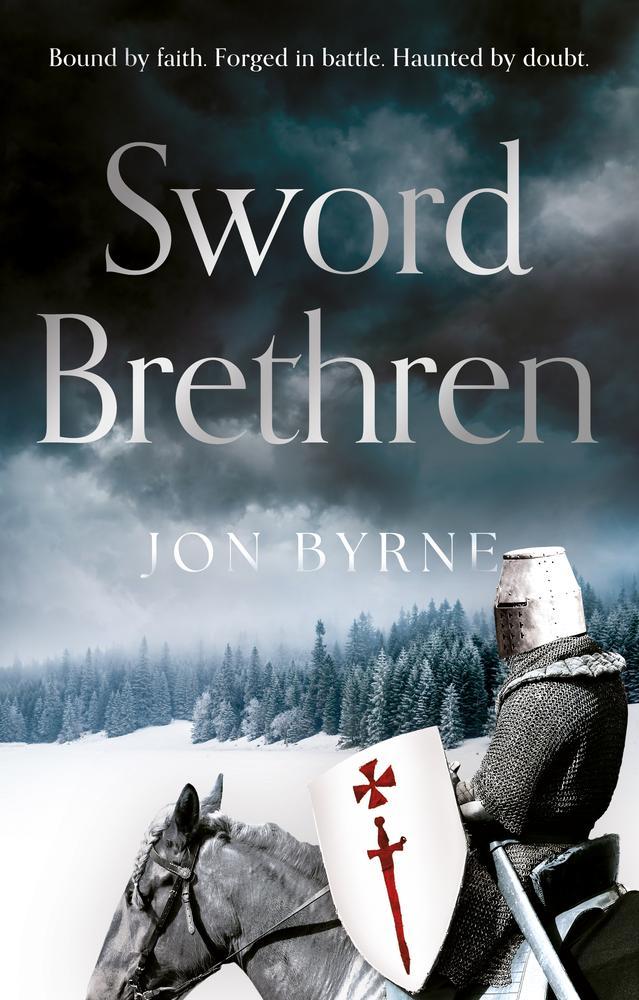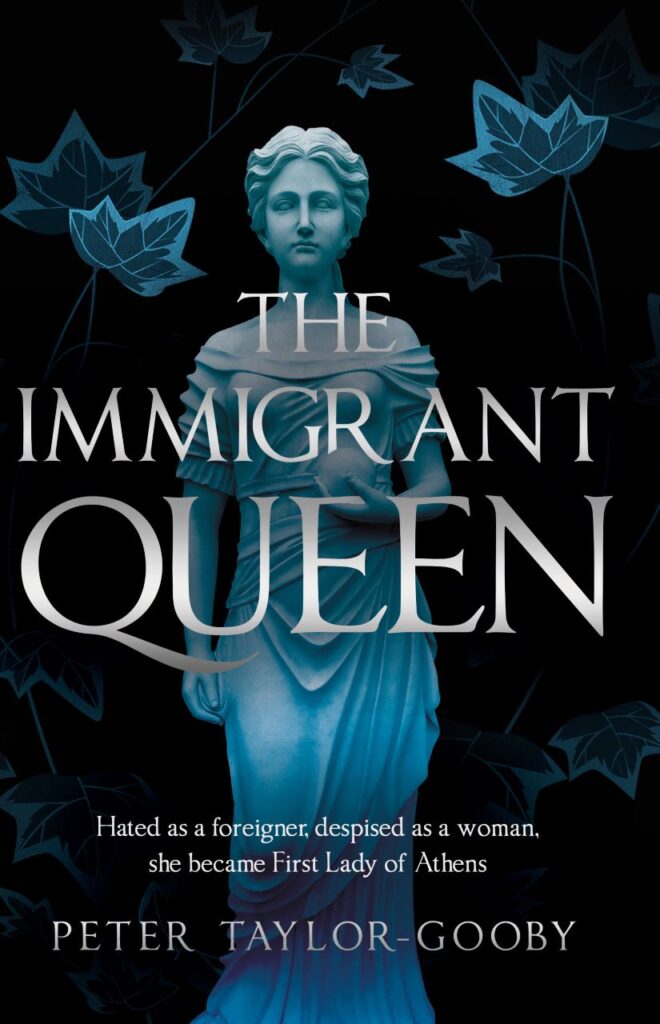Launch: Patricia Bernstein’s A Noble Cunning: The Countess and the Tower
INTERVIEW BY SUSAN FRAGER
Patricia Bernstein was born in El Paso and grew up in Dallas. She has run her own public relations firm in Houston for 30 years. She is a writer and historian, who has published numerous newspaper and magazine articles in media as diverse as Smithsonian, Texas Monthly, and Cosmopolitan. She has published three non-fiction books, which she discusses below. Ten Dollars to Hate, about the 1920s Ku Klux Klan, was a finalist for the Ramirez Family Award from the Texas Institute of Letters and was named one of the 53 best books ever written about Texas by the Austin American Statesman. Patricia Bernstein’s debut historical novel, A Noble Cunning: The Countess and the Tower, has just been published.
If you had to introduce A Noble Cunning in just a sentence or two, how would you describe it? Can you talk about the real-life countess who was the inspiration for Bethan?
The answers to these two questions are the same: A Noble Cunning: The Countess and the Tower, to be published by History through Fiction, in March 2023, is based on the true story of a persecuted Catholic noblewoman who rescued her husband from the Tower of London the night before his scheduled execution.
The protagonist of A Noble Cunning, Bethan Glentaggart, is based on Winifred Herbert Maxwell, a Catholic noblewoman of the late 17th and early 18th centuries. The novel tracks closely the real-life adventures of Winifred’s dramatic life.
 Although they were perched on the highest rungs of the British upper class, Winifred Maxwell and her family were victims of the period in British history when Catholics were treated like traitors and barely tolerated. Among many other harsh laws directed at Catholics, the Catholic mass was forbidden. Catholics were not even allowed to possess religious objects associated with Catholicism such as rosaries. Everyone was required to attend Church of England services or pay a fine.
Although they were perched on the highest rungs of the British upper class, Winifred Maxwell and her family were victims of the period in British history when Catholics were treated like traitors and barely tolerated. Among many other harsh laws directed at Catholics, the Catholic mass was forbidden. Catholics were not even allowed to possess religious objects associated with Catholicism such as rosaries. Everyone was required to attend Church of England services or pay a fine.
The novel opens with a mob attempting to enter Bethan’s home in the Scottish Lowlands to look for an illegal priest. Harboring a priest was considered a treasonous offense. The real Winifred Maxwell actually suffered a similar invasion of her home.
The mistreatment of Catholics during this period exemplifies to me the cruelty of oppressing any religious group, even in our own time. My heroine represents the courage of those who refuse to submit to persecution, who fight back, and sometimes succeed, even in the darkest times.
I want to know more about what happens after the book ends. Are you considering writing a sequel?
When I first heard the story of Winifred Maxwell, I got so carried away, I wrote a novel in three parts that was about the length of War and Peace! The original story began when Bethan was only seven, growing up in a castle in Wales, and followed many of the exciting adventures of her life before she married Gavin Glentaggart and went to live in Scotland. A Noble Cunning is actually the third part of the original novel. So I have enough material for two prequels to A Noble Cunning already! It would be fun to write a sequel about the lives of Bethan and Gavin after the Tower of London episode.
What other books have you written?
A Noble Cunning is my first novel, but I have previously published three non-fiction books, all historical in nature but on very different subjects. My love of history is a common thread through all four books.
My first book, Having a Baby: Mothers Tell Their Stories is a collection of first-person childbirth stories from the 1890s to the 1990s.
Then I published two books about some of the ugliest episodes in the history of Texas and the nation as a whole. The First Waco Horror: The Lynching of Jesse Washington and the Rise of the NAACP is about a horrific “spectacle lynching” that took place in Waco, TX, in 1916 and the young woman suffragist sent to Waco by the fledgling NAACP to investigate the lynching.
Ten Dollars to Hate: The Texas Man Who Fought the Klan, my third book, is about the Second Ku Klux Klan of the 1920s, which has been called the most successful extremist, right-wing movement in the history of the United States. The book focuses not just on Texas, but on how the KKK of the 20s infected the entire country. Ten Dollars to Hate was a finalist for an award from the Texas Institute of Letters, and was named by the Austin American Statesman one of the 53 best books ever written about Texas.
I find that I am drawn to men and women who aren’t afraid to use whatever tools they have to fight evil, even when all the prevailing forces of society are arrayed against them. Often my heroes are women. In Ten Dollars to Hate, however, the hero is a 29-year-old male district attorney, and the book features a fascinating female villain who was the real force behind the success of the 1920s KKK.
When writing a novel based on a historical person, how do you decide what to include vs. what to cut? If you have to make a deviation from the historical record for the sake of the plot or pacing, what do you personally think is an acceptable change for an author to make vs. one that is unforgivable?
This is such a big question! I can only sketch some of my thoughts here.
At this point, I imagine novelists have put historical figures through every conceivable gyration, having Charlemagne and Jane Austen meeting via time travel, for instance. Fantasy, comedy and science fiction are a lot of fun. But sometimes there is just laziness and confusion on the part of the writer—failure to work hard enough to find out how things really worked and how people really thought in the period a novelist is describing.
 I have to admit, when I embarked on a novel after so many years of writing non-fiction, the freedom took my breath away: No more footnotes! I can change anything I want to change!
I have to admit, when I embarked on a novel after so many years of writing non-fiction, the freedom took my breath away: No more footnotes! I can change anything I want to change!
But for me, the joy of historical fiction is working essentially within the framework of real events and real people and trying to bring them to life. I suppose every historical novelist has to find that personal hidden line that divides an acceptable variation or expansion of known historical fact from the totally inexcusable.
In Chapter 1 of A Noble Cunning, for instance, I invented a character, an extremist “Covenanter” preacher who is part of the group that invades Bethan’s home, looking for a hidden priest. But this fictional character is very much in keeping with the fanatical Protestants who, in that day and time, thought they were entitled to hunt and seize priests found in a private home. I try hard to avoid any frivolous or misguided insertion or anachronism that would jerk the reader out of the moment and out of the period.
I’d like to offer my favorite example of historical fiction that, in my opinion, got it right: H.F.M. Prescott’s The Man on a Donkey, set in the time of Henry VIII. Prescott spent her life studying the Tudor period in English history. When you open the book, you seem to effortlessly fall into that period of time, with all its smells and tastes and idiosyncrasies and many dangers, and live there until you close the book. Many characters in the book are fictional, but it doesn’t matter. Everything feels convincing and feels true.
A giveaway for the novel is running 16-30 March on the History through Fiction Instagram.
![]()






